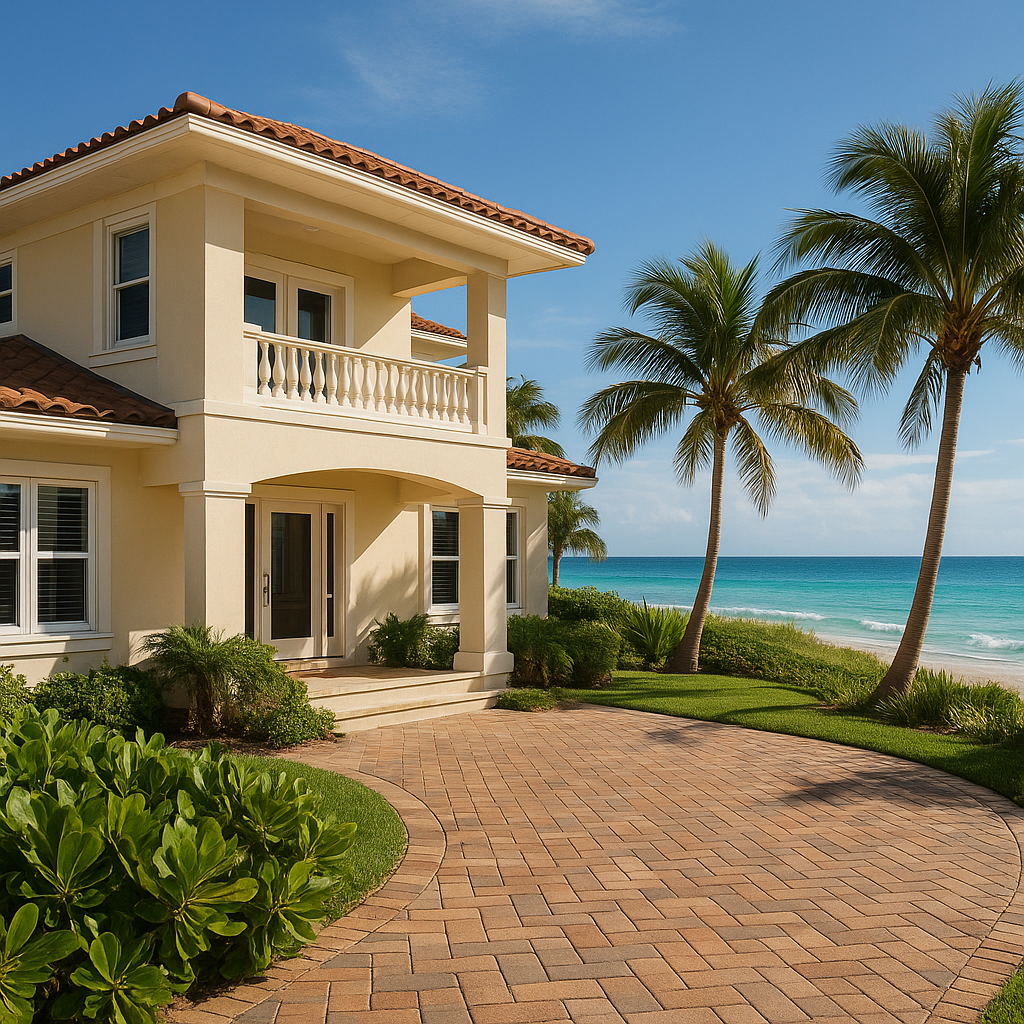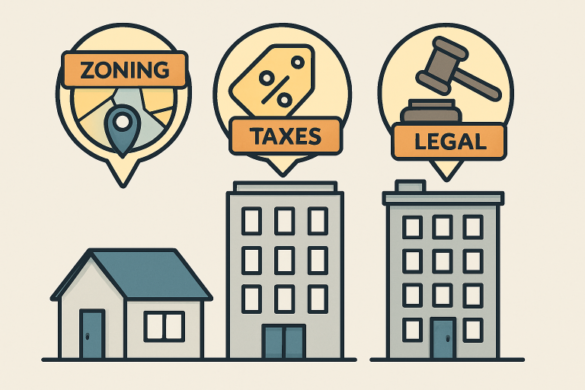Buying a coastal property is an exciting decision, but requires careful planning and consideration. Beyond the allure of ocean views and beachside living, buyers must evaluate factors such as property resilience, local regulations, and long-term investment value. Coastal homes often face unique challenges, including weather risks and higher maintenance needs, making balancing lifestyle desires with practical concerns essential.
When searching for the right place, it helps to look beyond just the view. Researching insurance requirements, accessibility, and neighborhood stability can guide better decisions. Exploring listings, such as homes for sale in Miami Beach, provides insight into the variety of coastal options available and helps buyers understand the differences between properties in established areas versus emerging markets. Taking time to compare these aspects ensures a more informed and confident choice.
Define Your Priorities
Your motivation guides your search, influencing location, price, and features priority. Are you after a peaceful beachfront, a lively spot with rental potential, or a permanent home? These choices affect property type, neighborhood, amenities, and trends. For investments, proximity to tourist spots and rental income matter, while personal homes focus on privacy, amenities, or family-friendly features. Consider usage frequency, distance from your main residence, and local infrastructure like schools and hospitals. Knowing whether you want a condo, single-family, or multi-unit helps narrow options early, saving time and avoiding buyer’s remorse. Clarify priorities at the start to ensure the property fits your current and future lifestyle.
Research Local Market Trends
Coastal real estate markets are dynamic, influenced by demand shifts, seasonal trends, and local regulations. Tourist influxes and seasonal demand fluctuations impact property values and rental chances. Research recent sales, monitor value trends, and identify revitalizing areas. Understanding market dynamics helps secure better prices and optimal purchase timing, as markets shift with interest rates and regional growth. Tracking interest rates, reading market analyses, and consulting local agents reveal trends and nuances, including new developments, infrastructure, and rental laws, affecting your investment’s future value.
Understand Environmental Risks
Coastal properties are vulnerable to natural elements like flood zones, erosion, storm surges, and hurricanes. Their location exposes them to saltwater corrosion and wind damage. To protect your investment, check for features like elevated foundations, impact windows, and marine-grade materials. Research also reveals hidden costs, such as flood insurance in hurricane zones, which may have higher rates and policy restrictions.
Evaluate Legal and Regulatory Considerations
Each community enforces rules regarding property use, rentals, building modifications, and environmental protections. Zoning restrictions may affect short-term rentals, future renovations, and even beachfront access, sometimes limiting what you can do on your property. Consult local authorities and real estate attorneys to clarify issues like setback requirements, coastal easements, and building codes before purchasing. This early diligence prevents future legal or financial hurdles and aligns your purchase with local best practices. Special designations, such as historic districts or conservation areas, may impose extra reviews and compliance steps you must factor into your ownership plans.
Assess Financial Implications
Expect higher costs for coastal properties, especially insurance covering floods, hurricanes, and wind. Maintenance costs increase due to salt air, humidity, and storms, accelerating wear on building materials, roofs, and infrastructure. Exterior finishes, decks, and windows often need repairs or replacements. Budget for these expenses, including an emergency reserve, and consult local agents and insurers for realistic costs. For rentals, consider vacancy periods and management fees. Also, account for local taxes and assessments for coastal protection in your budget.
Work with Local Experts
Coastal markets have distinct considerations compared to inland real estate. Partner with agents, inspectors, and contractors who specialize in waterfront properties—they’re familiar with local risks, know which materials and designs perform best, and can help you navigate regulatory requirements. These professionals can highlight issues commonly missed in standard home inspections and introduce you to reputable local service providers.
Their advice drastically reduces your learning curve and uncovers off-market opportunities or hidden factors unique to the area. In addition, they may know about planned infrastructure projects, beach restoration efforts, or upcoming changes in zoning laws that could affect your investment. Their network also provides invaluable recommendations for financing, insurance, repairs, and property management tailored to coastal properties.
Consider Rental Potential
If rental income is part of your strategy, study local occupancy trends, average nightly rates, and relevant short-term or long-term rental regulations. Many popular coastal communities have enacted restrictions on vacation rentals, affecting your ability to maximize income. Research whether seasonal events, festivals, or peak tourism drive pricing opportunities and assess the average length and reliability of the rental season.
Analyzing data from sites like Airbnb and municipal guidelines makes revenue projections far more accurate. Also, consult with property managers or real estate agents about realistic occupancy rates and learn about local competition for similar listings. Be aware that having a dedicated team for marketing and maintenance is often necessary to keep rental income stable and guest reviews positive.
Plan for Long-Term Sustainability
Choose properties built for longevity in coastal areas with marine-grade hardware, weather-resistant paint, and energy-efficient systems to cut costs and boost comfort. Features like storm shutters, reinforced roofing, and raised electrical systems protect your property and lower insurance. Sustainable building practices enhance durability, reduce costs, and increase resale value, as buyers favor green, resilient waterfront homes. Major publications offer practical tips for long-term sustainability and value. Check local initiatives or grants for eco-friendly upgrades, adding value to your investment.
Conclusion
By mindfully weighing these key considerations, you position yourself for a successful and rewarding coastal property investment. The right strategy places equal importance on lifestyle goals, market knowledge, environmental risk management, and skilled professional guidance—ensuring your coastal home delivers value and enjoyment for years.










